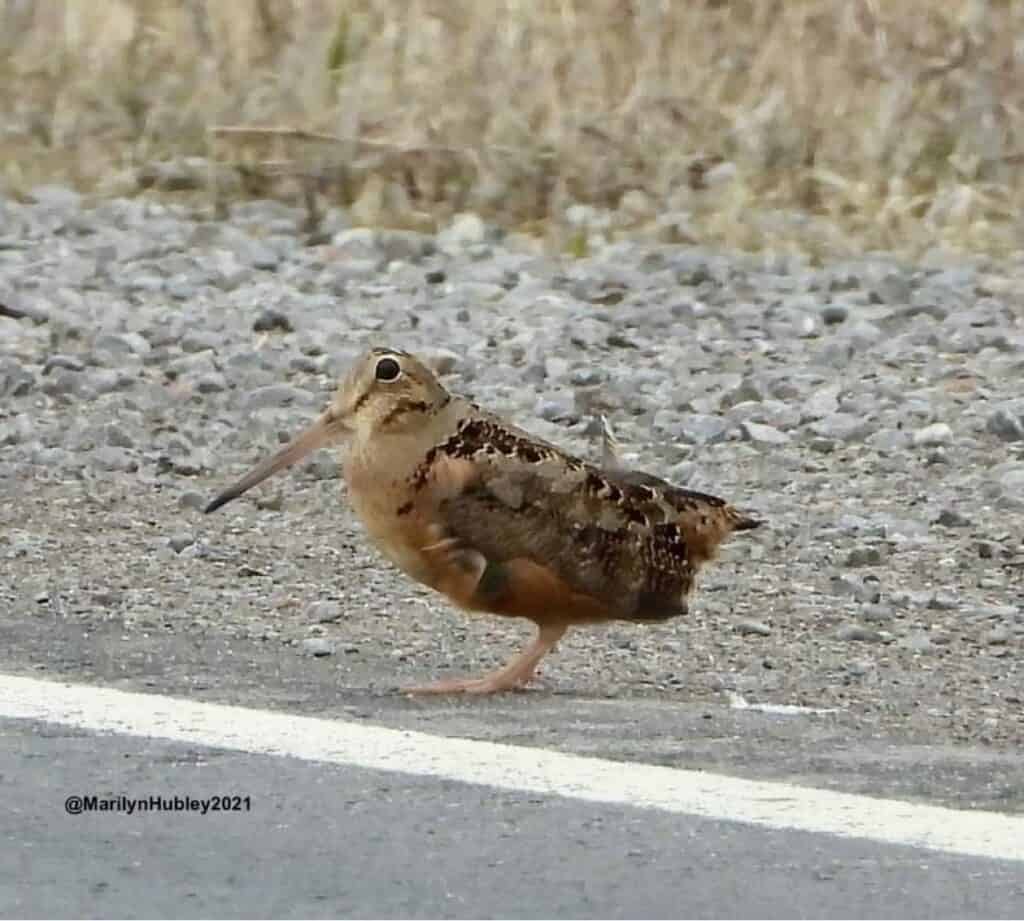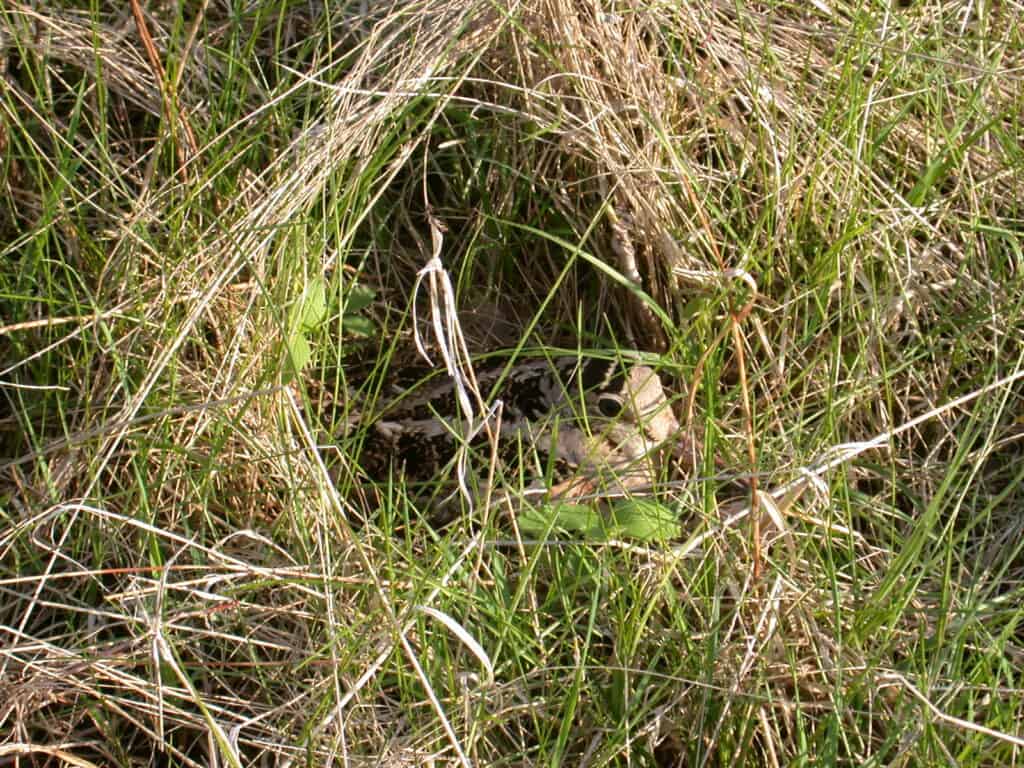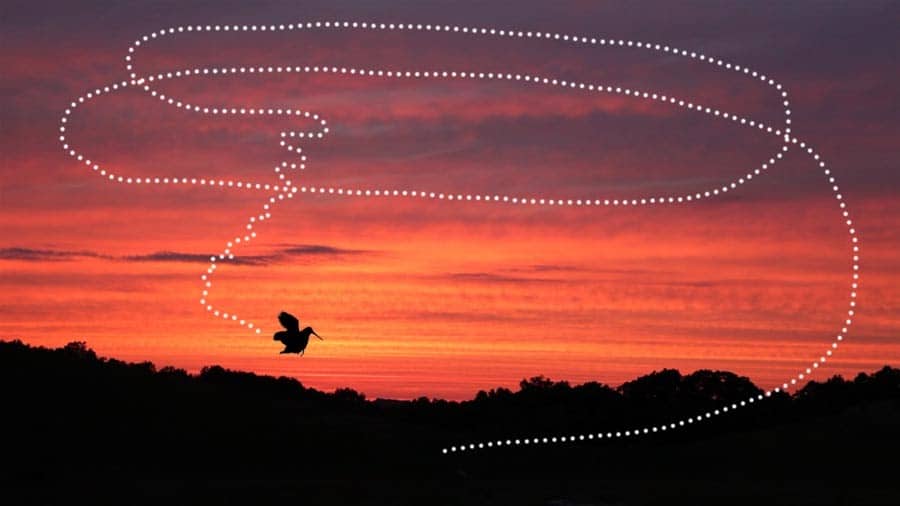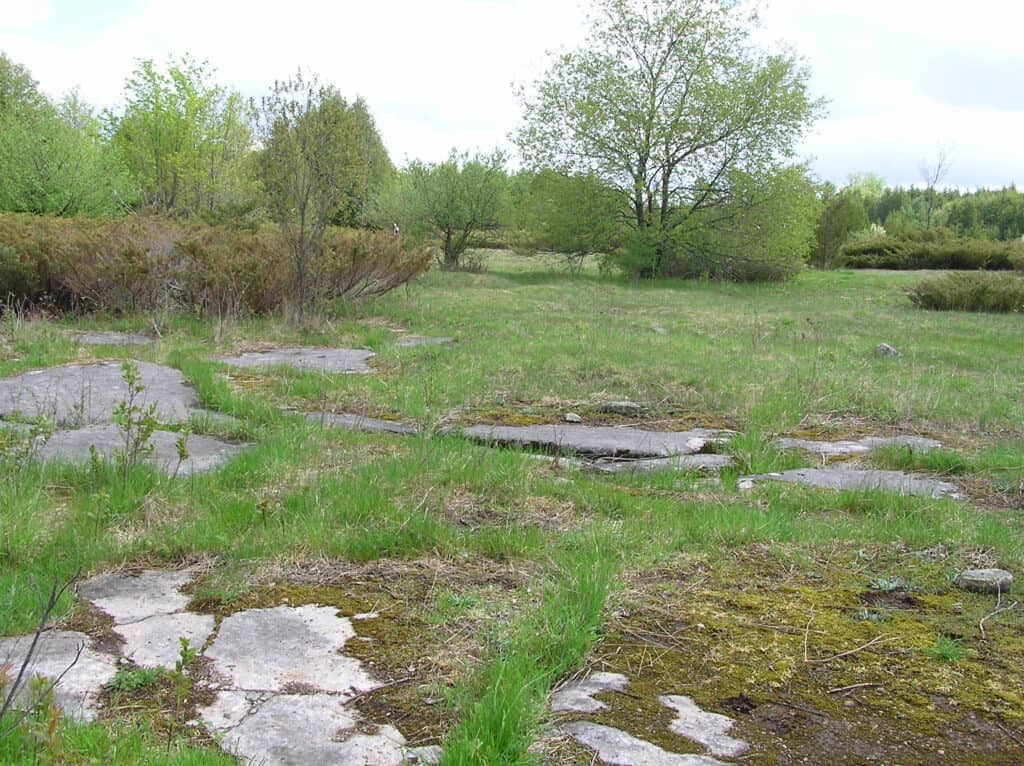Peterborough Examiner – April 9, 2021
Woodcock’s sky dance a must-see marvel of nature in the Kawarthas
With monikers like pop-eyed shot dodger, bogsucker, sky dancer, and timber-doodle, the American woodcock may have the most evocative nicknames of any bird. It’s not surprising. This strangely-shaped species with a ridiculously long beak does indeed invite affectionate mockery.

The woodcock’s real claim to fame, however, is its spectacular spring courtship flight or “sky dance”. In his classic book, “A Sand County Almanac”, the American conservationist Aldo Leopold wrote, “Up and up he goes, the spirals steeper and smaller, the twittering louder and louder, until the performer is only a speck in the sky. Then, without warning, he tumbles like a crippled plane, giving voice in a soft liquid warble that a March bluebird might envy.”
Although woodcock are common in the Kawarthas, many people spend their entire lives never knowing such a bird exists. What a shame this is, because the sight and sound of the sky dancer is a true spectacle of spring.
A unique bird
Woodcocks arrive back in late March from wintering grounds in the southeastern states. Their arrival more or less coincides with the thawing of the soil, which frees up their favourite food – earthworms. Migrating birds will sometimes show up in suburban backyards and create quite a stir as people try to figure out the identity of the rather ridiculous-looking visitor. The woodcock is indeed quite comical, with its bizarre anatomy and even stranger behaviours. It is similar in size and shape to a starling, but with a mottled coloration of blacks, browns, tans and whites, which provide near-perfect camouflage against dead leaves, grasses and twigs.
Evolution has also provided the woodcock with extremely large eyes, located high and well back on the head. The size and placement allows the bird to see in front, behind, and even above, affording a view of any approaching predators. This adaptation is extremely important because woodcocks spend a lot of time with their head down and their bill deep in the mud. The males also draw predator attention to themselves during their courtship displays.

Like its shorebird cousins, the woodcock also has a long bill – as long as your middle finger – with which it probes deeply into soil for earthworms. The sensitive, flexible, bill tip can feel a worm in its underground burrow and then open to grab it.
The woodcock’s walking style is also quite special. It ambles slowly along, all the while rocking its body back and forth. Its head, however, remains motionless. This strange gait is accompanied by a kind of foot-stomping, which is thought to cause worms to move around in the soil, thereby making them more easily detectable.
Sky Dance
The woodcock behavioural claim-to-fame, however, is its amazing sky dance. From late March through May, the male performs one of the most fascinating courtship spectacles in nature. He goes to extraordinary lengths to show his fitness and virility to females. The aerial display is performed over old fields and forest openings known as singing grounds. Beginning in the near-dark of evening twilight, the male starts to “peent.” The sound is reminiscent of a buzzy, nasal, toy horn. As darkness falls, the peents become more numerous until the bird bursts into the air and flies upward in wide circles.
Because the woodcock’s three outer wing feathers are stiff and spread apart during flight, the air rushing through causes them to vibrate, producing a mechanical twittering sound. After reaching a height of about 100 metres, the bird soon begins a zigzag descent. A third sound is then produced as the he starts singing liquid, kissing notes – just in case the flight itself was not enough to impress a jaded female. The kissing notes grow increasingly louder as he approaches the ground but then cease completely for the final portion of the descent. The bird usually lands at almost the same spot from where he took off. He then walks stiff-legged in the direction of the nearby female, wings stretched vertically. His peenting then begins again. A few minutes later, he launches into yet another flight. Woodcock will display for up to an hour at dusk and dawn and even through the night when the moon is bright.

The male will mate with any female impressed with his display. However, there is a catch for his lady friend. The male provides no help with nest-building, incubation of the eggs, or with brood rearing. He simply turns his attention to attracting other females. All of the woodcock’s various sounds can be heard at https://www.allaboutbirds.org/guide/American_Woodcock To see and hear a great video of the aerial display, you can click here at https://bit.ly/2PygpQd or go to YouTube and search “American Woodcock Air Dance”.
Seeing woodcocks
American woodcocks can be found in appropriate habitats all over the Kawarthas. They are birds of transition zones, such as abandoned farmlands reverting to forest. They also frequent second-growth forest edges and low, damp, bushy fields. Some locations where you’re likely to hear and see them include the Trent Wildlife Sanctuary and Canal Nature Area on University Road and the fields around the Peterborough Airport. Begin by listening carefully for the peenting sound. Because the gathering darkness makes it difficult to actually see the woodcock in flight, try to face west. In this way, the bird will stand out against the lighter, western sky. After it takes off, you can move a little closer to the launch point. By remaining quiet and staying low, it’s possible to be very close to the bird when it lands. I had great fun doing this with my students when I’d take them to Camp Kawartha each spring.

Woodcock also garner attention in the fall because they are one of the few shorebirds that is hunted for sport. They often flush right from under the hunter’s feet and fly at “jet-propelled speeds on a corkscrew trajectory” as former local outdoor writer Jack Davis liked to say.
For me, however, the American woodcock simply nourishes my emotional attachment to nature. As Yale research scholar Stephen Kellert wrote in 2012, “By building a tapestry of relational ties to the natural world, we can participate in a community that will always embrace us with an ineffable feeling of connection.”
CLIMATE CRISIS NEWS
ALARM: A new study has found that big meat and dairy companies have spent millions lobbying against climate action. The companies have been slow to make emissions reductions pledges and have worked to undercut climate and environmental legislation. Emissions produced by Switzerland-based Nestlé, the world’s largest food company, and New Zealand-based dairy giant, Fonterra, were so high that they would eclipse their respective home country’s emissions pledges. Read more at https://bit.ly/31QP2mX
HOPE: Two major financial management firms, BlackRock and Meketa, have separately concluded that investment funds have experienced no negative financial impacts from divesting from fossil fuels. In fact, they found evidence of modest improvement in fund return, according to draft reports undertaken at the request of New York City’s comptroller on behalf of three of the city’s pension funds. Read more at https://bit.ly/3cYNtd3
To see a list of ways YOU can take climate action, go to https://forourgrandchildren.ca/ and click on the ACTION buttons.